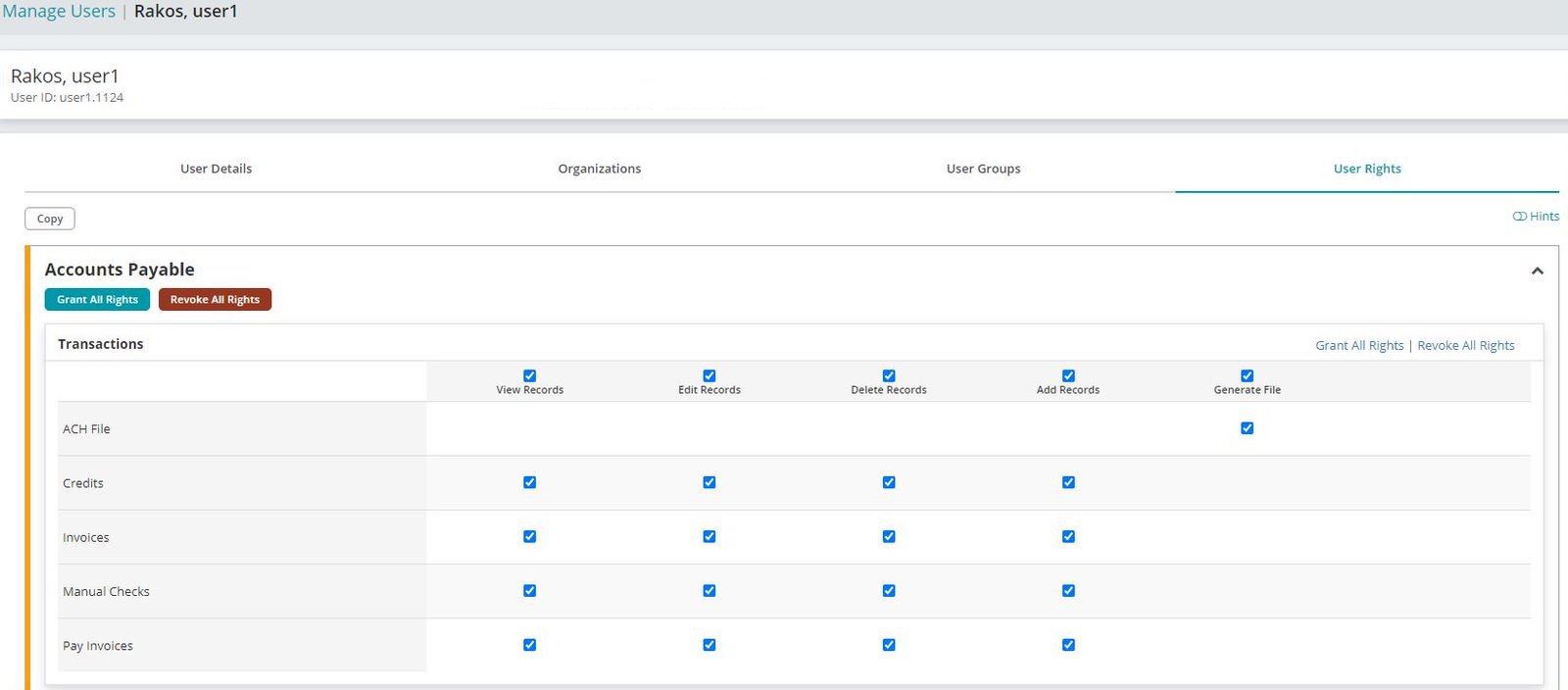Reading Time: 2 minutes
Regardless of mission or size, internal controls are essential to the well-being of all nonprofit organizations. While controls should be implemented throughout your organization, controlling user access within your accounting system is vital to safeguard financial data and ensure accurate management, tracking, and reporting of your organization’s finances. Access controls at your organization should serve two purposes:
- Grant appropriate levels of access and permissions to users, and
- Track usage and history logs
The following access controls will help you monitor potential risks and bolster your control activities to protect your organization from fraud, errors, and impropriety.
Access Levels & User Permissions
Administrators should configure and specifically tailor user access at a granular level in order to help automate and simplify workflows. For example, user access can be role-based with limitations or restrictions set based on specific job function.
Access controls can also ensure separation of duties through user-level permissions. For instance, permissions can be set based on the appropriate assignment of responsibility, providing individuals with user rights to edit data (down to specific defined fields and transaction types), while limiting data that can be edited, or even viewed, by other users. System workflows and granted user permissions can also properly administrate requirements for authorization and approval processes encompassing just a few authorization steps or a hierarchy of multiple layers of approvals.

Access Logs & User-Level Audit Trails
In addition to access levels and user permissions, security-based access controls (often automated) within your accounting system will help safeguard data and assets from unauthorized users and fraudulent activity. Secure login and verified access through two-step authentication procedures and secure password setup provide an infrastructure for system security. An example of this would be regular prompts asking users to update their password. You can also automate detection and identification of fraud and potential errors with built-in system setups and activity restrictions.

The Right Accounting Solution
Robust fund accounting solutions offer built-in system features and functionality that promote strong internal controls. Look for an accounting system that allows you to place editing restrictions to posted entries and specific fields as well as user-level permissions. This will make it harder for a user to manipulate entries or conceal data changes. It’s also critical that administrators and organizations have the ability to regularly audit the system for discrepancies and errors and easily identify the source of those errors. Good accounting software will have user level audit trails as well as system requirements for individuals to input reverse entries in order to correct posted entries and usage history logs.
Maintaining internal controls and control activities is perhaps easiest with the help of technology. Join MIP’s next product tour to explore a nonprofit accounting solution that helps you implement and monitor preventative and detective control activities.




